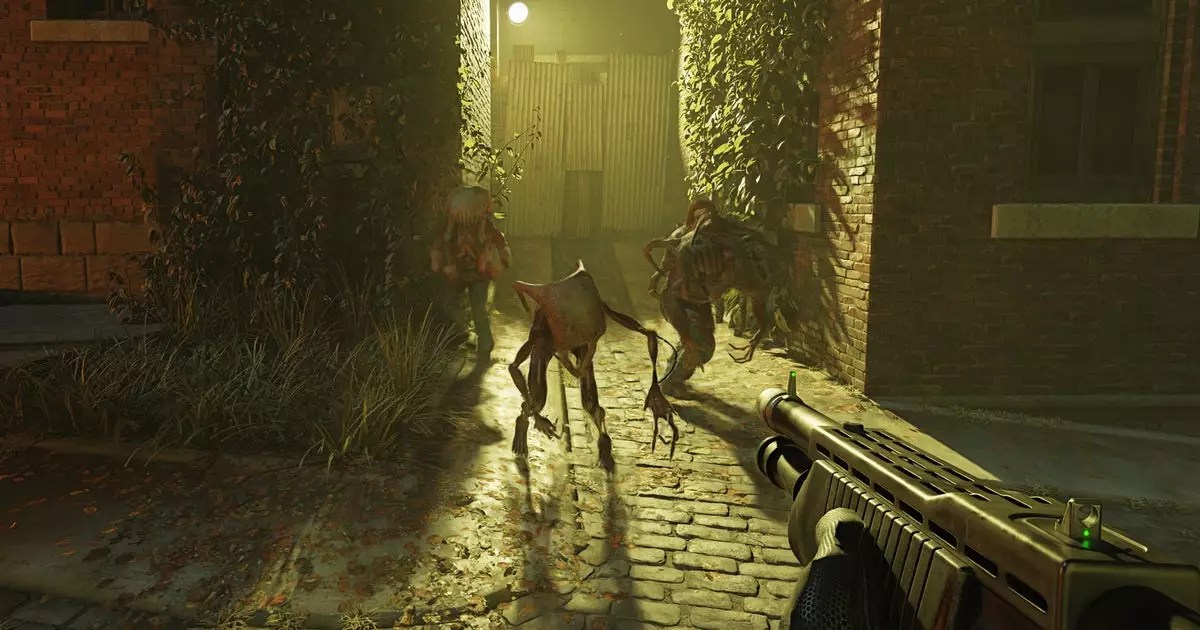As the gaming landscape continues to evolve, few things captivate the community like the prospect of reimagining classic titles. The recent announcement from Nvidia regarding the Half-Life 2 RTX mod has definitely sparked excitement, albeit mixed with a degree of skepticism. First introduced in 2023, this endeavor aimed to breathe new life into a beloved title that has continued to resonate with players over the years. However, as we eagerly await the demo dropping on March 18th, one cannot help but question whether these visual upgrades will truly enhance the gaming experience or simply obscure the timeless brilliance of the original.
Expectations vs. Reality
Nvidia’s latest information has generated an array of feelings among fans. While they promote the idea that “every aspect” of each level is being meticulously enhanced—from the weaponry to the atmospheric design—it remains unclear if these updates will add meaningful value or detract from the charm that made Half-Life 2 a masterpiece. What stands out is the attempt to showcase these improvements through interactive image sliders that compare the original visuals to the enhanced RTX graphics. Yet, critical observations reveal that the updated imagery often comes off as overly foggy rather than impressively refined, throwing into question Nvidia’s claims of superiority.
Moreover, the issue of accessibility looms large. The stark recommendation for players to arm themselves with a GeForce RTX 50 Series graphics card to fully enjoy the visuals raises eyebrows and concerns about the widening gameplay divide. Rather than a universal celebration of a nostalgic influence, this relay of technological requirements could alienate the casual player—those who simply wish to relive a piece of their childhood without turning their rigs into power-consuming behemoths. The question arises: is nostalgia worth the steep technological demands?
The Timelessness of the Original
Interestingly, many of the original fans argue that Half-Life 2 still holds its own even in the modern gaming era. Valve paid homage to this with a notable update for the game’s 20th anniversary, bundling together Episodes One and Two while fixing long-standing bugs. In this context, the impending RTX version appears more like an effort to capitalize on advancements rather than a legitimate attempt to improve what was already a well-crafted piece of art. Why fix what isn’t broken? Enthusiasts persist in celebrating the raw essence of the original graphics and gameplay mechanics that established Half-Life 2 as a cultural touchstone. This raises concerns about whether the RTX mod is a necessary project or simply a gimmick that could overshadow the game’s authenticity.
The Road Ahead
Looking ahead, it remains to be seen how the demo will be received and what it may signify for the future of game remakes. Whether it successfully resonates with both old veterans and new players alike or ends up as just another fleeting trend in the gaming world is yet to unfold. As anticipation builds, gamers will surely approach with curiosity tempered by cautious optimism, keenly aware that not all reboots achieve the lofty heights set by their predecessors.


Leave a Reply